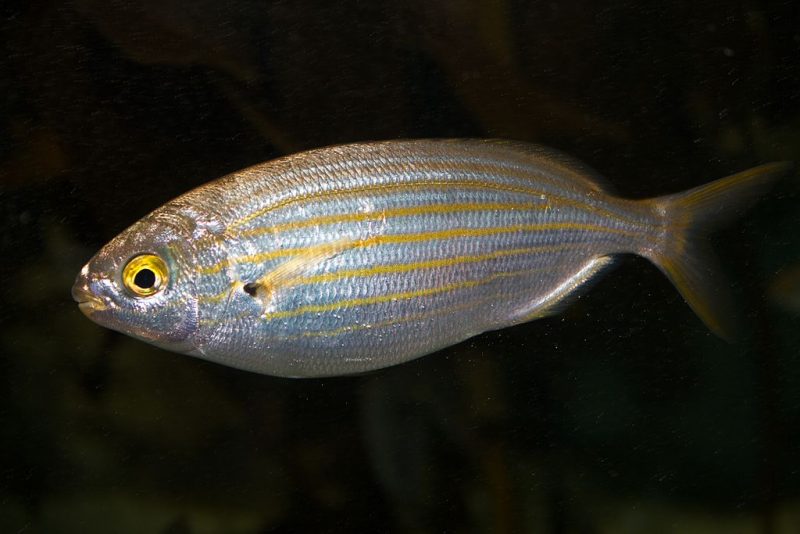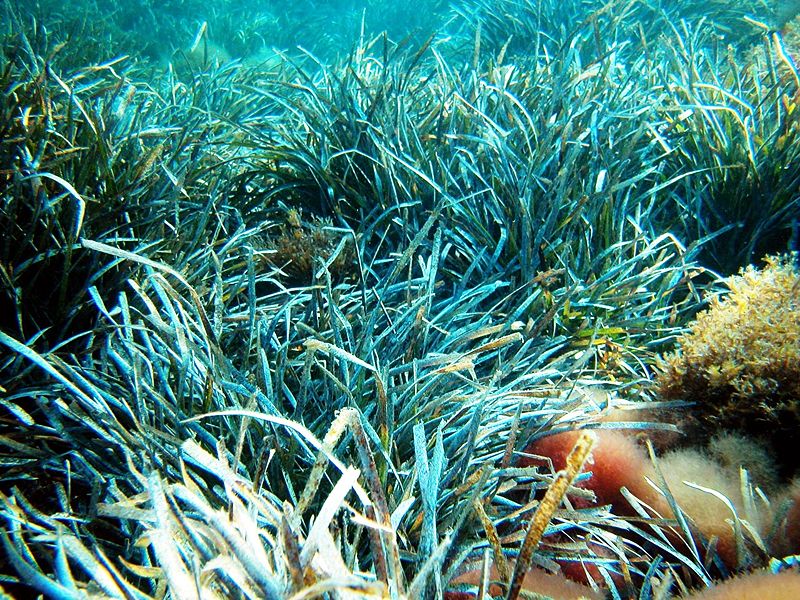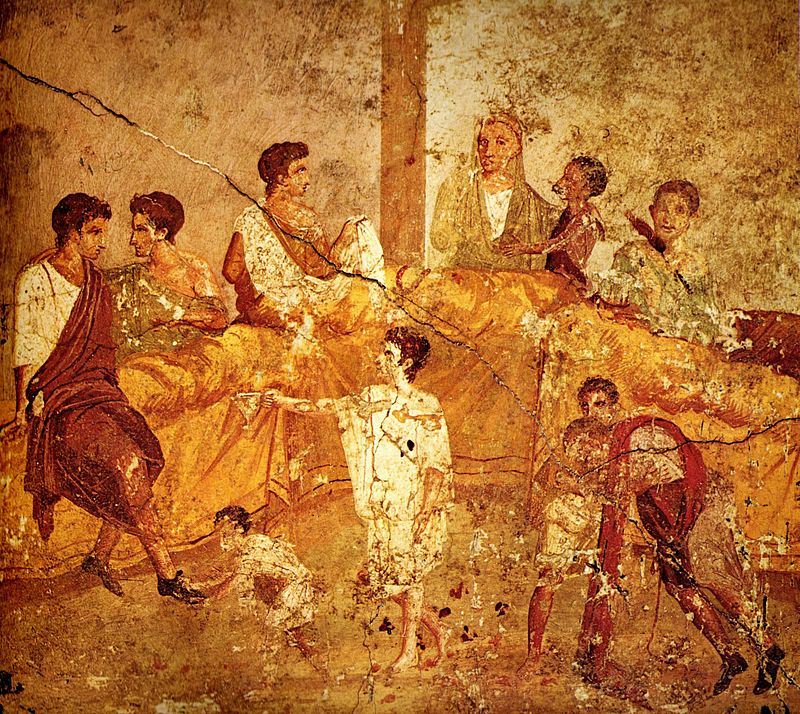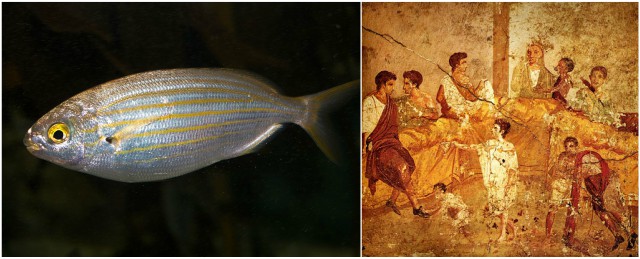The Ancient Romans always lived in harmony with nature, depending on the land for their survival as well as their status. Even children in the Roman Empire were able to identify which plants and animals were useful, and they were aware of the multitude of uses many specimens could provide.
The Romans used plants and animals for food, cosmetics, and dyes for clothing and crafts, as well as for medical purposes. Romans even used one recreational drug which came not from a plant, but from a fish called Sarpa salpa, commonly known as the salema porgy.
Today it’s known that many drugs have origins from plants and animals. For example, the salema porgy can cause hallucinations if you eat it.
The condition which causes these hallucinogenic effects after the consumption of this exotic fish is called ichthyoallyeinotoxism, and is characterized as a type of food poisoning which can manifest with vivid auditory and visual hallucinations, delirium, disturbances in motor coordination, nausea, nightmares, vertigo, and other disturbances to the central nervous system.

Recognizable by the gold stripes running along its side, the salema porgy is an otherwise unremarkable inhabitant of temperate and tropical areas, from the Atlantic coast of Africa and up throughout the Mediterranean Sea. While it seems to be a normal fish it can function as a hallucinogen. The fish can induce vivid, LSD-like hallucinations, which the Ancient Romans knew.
Called “the fish that make dreams” in Arabic, the salema porgy can cause hallucinations if their heads are ingested. Besides the fact that it was consumed as a recreational drug in the Roman Empire, it was also used ceremoniously among Polynesians.

But what is the reason that this fish causes hallucinations? A study published in In Vitro Cellular and Developmental Biology in 2012 linked the fish’s consumption of phytoplankton that grows on the seagrass Posidonia oceanica, one of the main components of its diet. But it’s not known for sure exactly which toxins cause such a vivid response in the eater.
They might be alkaloids of the indole group, compounds occurring naturally in certain algae and phytoplankton the fish eat and which are chemically similar in structure to LSD.
The fish became widely known for its psychoactivity following widely publicized articles in 2006 when two men ingested it at a Mediterranean restaurant and began to perceive many auditory and visual hallucinogenic effects.

In 1994, a 40-year-old man felt nauseated about two hours after enjoying fresh baked Sarpa salpa on his vacation on the French Riviera. After a couple of hours, he developed nausea, followed by blurred vision, muscle weakness, and vomiting. He wanted to drive home but he couldn’t drive with all the screaming animals distracting him. He recovered in hospital after 36 hours.
A 90 year old man also experienced hallucinations of screaming humans and squawking birds. For two nights he had horrifying nightmares, but he didn’t let anyone know, thinking he was developing a mental illness. After a few days the effects of the fish subsided.
However, if you visit the French Riviera and are tempted to eat fish, don’t be afraid of the screaming animals and the horrifying nightmares, juat avoid Sarpa sarpa fish.
